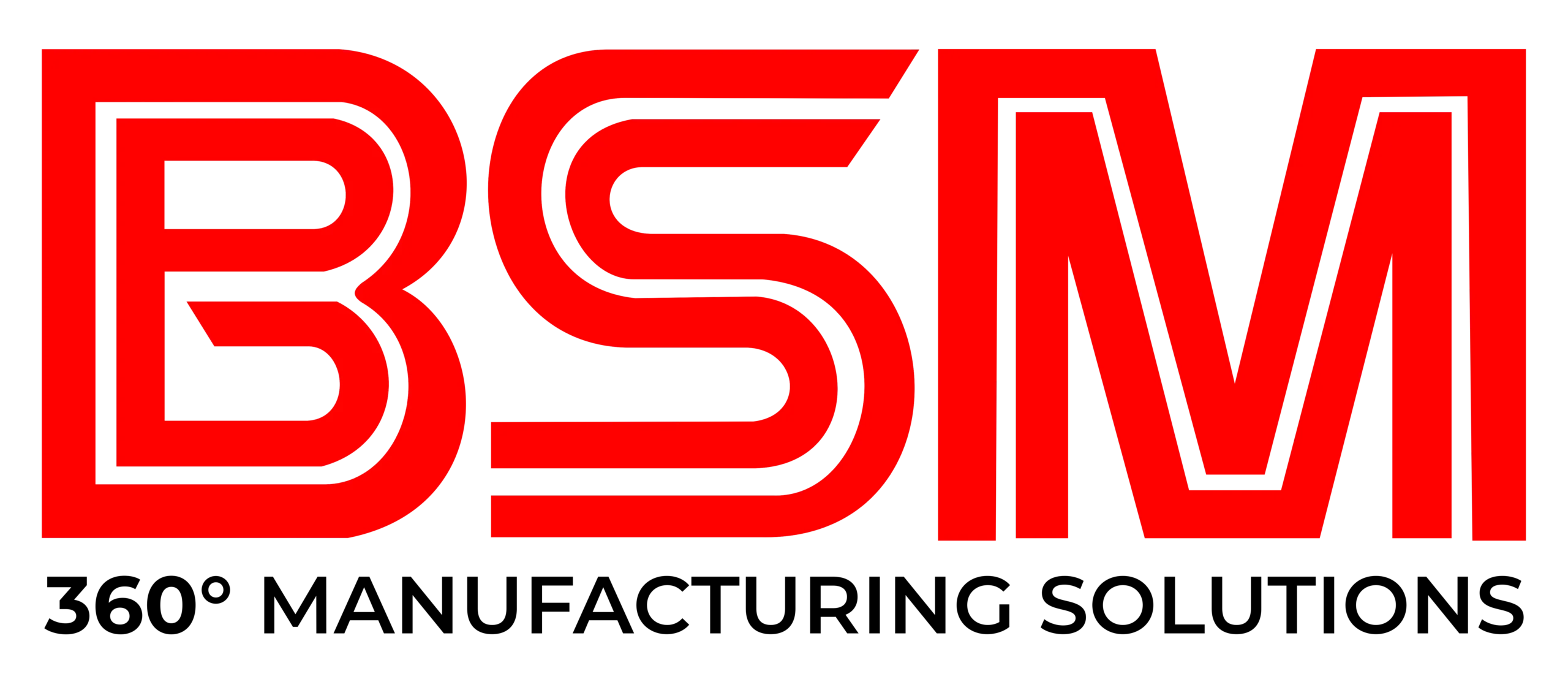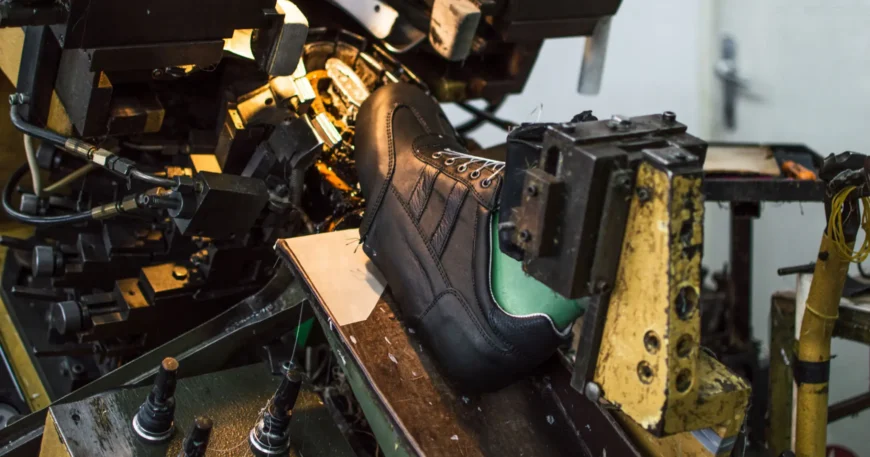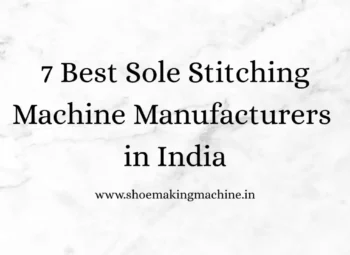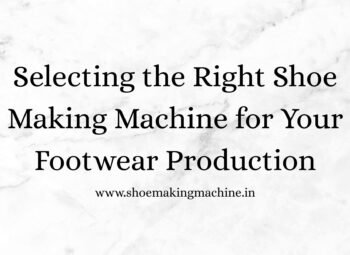In today’s competitive landscape, a shoe making machine manufacturer like BSM India must do more than just engineer excellent machines — it must connect with global buyers, innovators, and future partners. One of the most effective ways to do that is by participating in global shoe fairs. These events are no longer just exhibitions — they’ve become global hubs of innovation, trend discovery, and serious deal-making.
Each year, several international platforms bring together the biggest names in footwear, design, automation, and retail. For a company like BSM India, which prides itself on cutting-edge technology and future-ready machines, these events represent powerful springboards for international recognition.
Let’s take a look at five standout events where your presence doesn’t just matter — it can change the trajectory of your brand.
MICAM Milano – Where Style Meets Automation
Located in the global fashion capital of Milan, MICAM might seem like a fashion-first show at a glance. But underneath the surface, it’s a convergence point of every player involved in the footwear value chain — from raw materials to retail innovation. In recent years, MICAM has welcomed a rising number of exhibitors in the manufacturing tech space. Why? Because brands are now looking to partner with manufacturers who can help them meet fast-paced, tech-driven production demands.
For BSM India, MICAM is an excellent space to present new machine models that blend speed, quality, and sustainability. The European market, increasingly conscious of eco-compliance and quality assurance, is always on the lookout for machines that offer both. Demonstrating live production capabilities or presenting data on improved efficiency using BSM India’s machines can be a game-changer here.
SIMAC Tanning Tech – The Global Stage for Machinery Makers
If there’s one event tailor-made for a shoe making machine manufacturer, it’s SIMAC Tanning Tech. Held annually in Milan, it gathers machine producers from across the globe — all focused on footwear, leather goods, and tanning. It’s less about glitz and more about grit: this is where real industry players come to shop for technology that will define their next 5-10 years.
At SIMAC, buyers aren’t casually browsing — they’re looking for reliability, innovation, and ROI. They want machines that cut costs, reduce manual errors, and enable mass customization. A booth by BSM India here wouldn’t just be an opportunity to sell; it would be an opportunity to engage in real-time feedback with global players, better understand European compliance standards, and build trust through demonstration.
More importantly, SIMAC’s strong alignment with Industry 4.0 trends means you’ll find the right kind of audience for smart automation features, IoT-enabled systems, and scalable production lines — all of which are increasingly becoming BSM India’s strengths.
APLF (Dubai) – A Gateway to Asia and the Middle East
Formerly held in Hong Kong and now based in Dubai, APLF is quickly gaining traction as a central footwear and leather trade fair connecting Asia, Africa, and the Middle East. With the GCC region seeing an explosion of retail and D2C fashion startups, the demand for local production solutions is on the rise.
Why does this matter for BSM India? Because many of these up-and-coming brands don’t want to depend on imported shoes — they want to manufacture closer to home. But they need machines that are user-friendly, reliable, and space-efficient. Showcasing your machines here can build long-term partnerships in regions with rising production ambitions but limited infrastructure.
Dubai also serves as a neutral ground, bringing together buyers from across continents. So even if your focus is beyond the Middle East, the connections made at APLF could translate into future deals across Africa, Turkey, and even parts of Europe.
IIFF – India’s Own Global Platform
The India International Footwear Fair (IIFF) might sound local, but its growing international attention makes it a vital stop for any shoe making machine manufacturer. Held at Pragati Maidan in New Delhi, the fair attracts buyers, manufacturers, and exporters from across South Asia and the Middle East.
For BSM India, this is your home turf — and that gives you a unique edge. A well-designed booth at IIFF can not only generate business but also position you as the leading domestic provider of world-class machinery. Many Indian SMEs, supported by the government’s Make-in-India and MSME policies, attend IIFF specifically to upgrade their equipment. It’s also the best place to launch new models suited for small-scale and mid-size producers, who form a significant part of India’s footwear backbone.
Moreover, the media exposure and trade journal coverage here ensure your brand gets noticed far beyond the exhibition hall.
GDS Düsseldorf – The Crossroads of Fashion, Retail, and Tech
Rounding out the list is GDS, a trade fair in Düsseldorf, Germany, that brings together retail professionals, fashion buyers, and technology innovators. While not strictly a machinery exhibition, GDS is where future-thinking brands look for ideas — not just styles. If your machines can assist in rapid prototyping, small-batch production, or even sustainability-led design execution, this is the place to show them.
Europe’s retail buyers are becoming increasingly interested in production — particularly those venturing into private-label collections. A presence at GDS isn’t just about sales, it’s about planting the seed in the minds of creatives and strategists that BSM India is the brand powering tomorrow’s collections.
Being able to communicate your machine’s role in eco-friendly production, waste reduction, and smart design can generate high-level interest that extends beyond traditional B2B sales.
Final Thoughts: Fairs Are Not Just Stalls — They’re Strategy
International fairs demand investment — in logistics, booth design, staff, and more. But for a dynamic company like BSM India, the ROI can be immense. From direct buyer leads to media mentions, partnership opportunities to competitor insights, these fairs offer an unmatched mix of visibility and strategy.
More importantly, they allow your brand to break free of the catalog and website cycle and become a face, a conversation, a real-world presence.
So the question isn’t whether you should go. The question is — which one will you dominate first?







